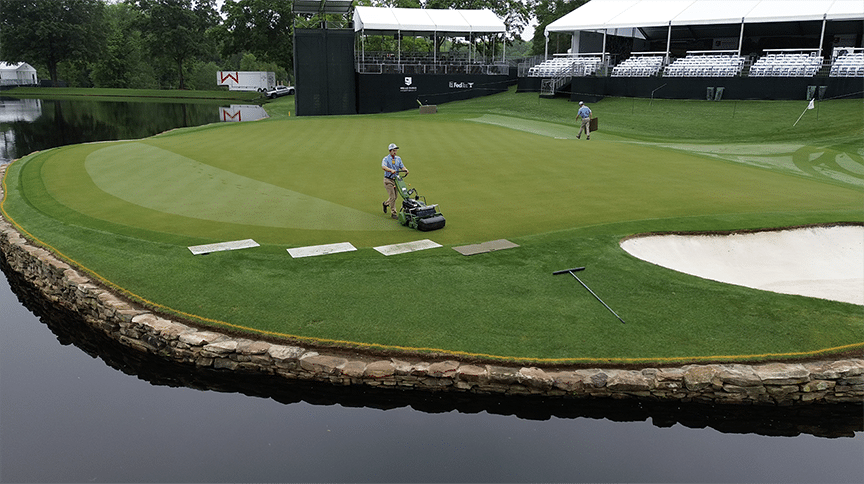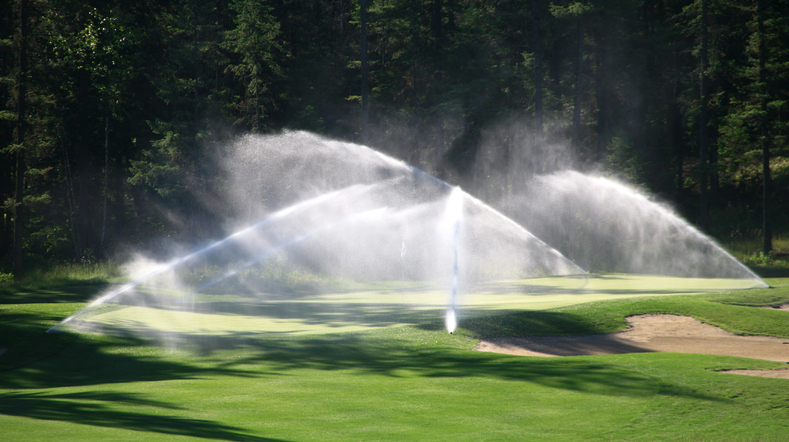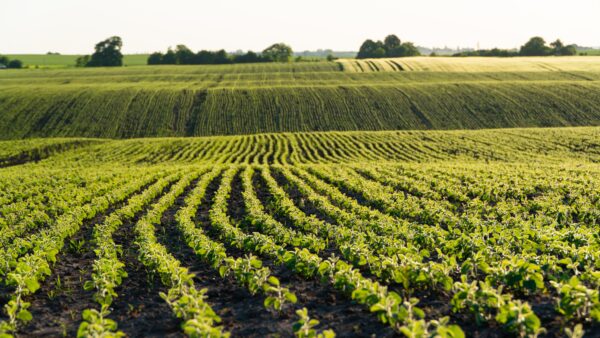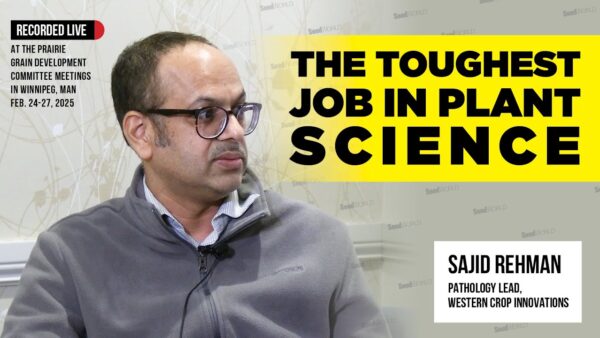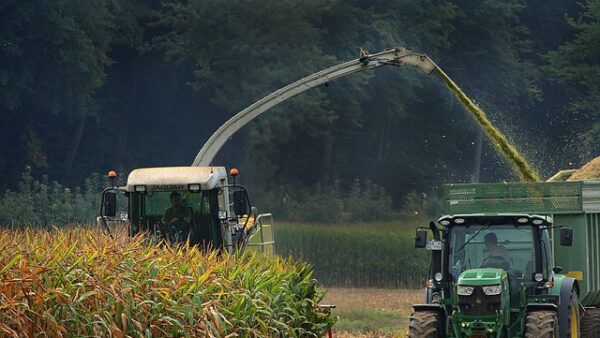As golf courses face increasing environmental and regulatory pressures, the seed industry is becoming more essential to the sport’s future.
Wood emphasizes that the challenges facing modern golf course management require innovative solutions from seed breeders. He believes the industry’s role in creating resilient, sustainable turf varieties is more crucial than ever.
“Absolutely, I think the best way to get out of problems is through breeding,” Wood explains. “You look at gray leaf spot — it used to be devastating, but now some of the new varieties are completely resistant to it. That’s a game changer for us, especially as we work through upcoming changes from the EPA and other environmental regulations.”
The push for more environmentally friendly turfgrass varieties extends beyond disease resistance. Drought tolerance and water conservation are becoming critical factors in course management. With regions around the world experiencing changing climates, courses need grasses that can thrive with less water and fewer chemical inputs. Wood points out that the turfgrass research community is already making strides in this area.
“There are organizations like the Turfgrass Water Conservation Alliance (TWCA) that are funding turfgrass breeding programs to reduce water needs and improve resistance to disease,” he says. “They’re also working to enhance playability and maintain green color with fewer inputs. For us, that means we can create great playing surfaces while being more sustainable and reducing the environmental impact.”
As the future of golf continues to evolve, the seed industry will need to stay at the forefront of these innovations. Golf courses will rely heavily on new seed varieties that are not only visually appealing but also resilient under changing conditions. “We’re going to rely on the seed industry to develop these seeds that are resistant to different diseases, drought-tolerant, and certified to conserve water,” Wood says. “That’s how we keep this sport sustainable in the long run.”
Preparing for the Majors
A PGA Championship requires years of preparation. “We knew four or five years ago that we’d be hosting in 2025,” Wood says. “We work with Kerry Haigh, the Chief Championship Officer for the PGA of America, to plan every detail — from fairway widths to the height of the rough.”
It’s a complex puzzle balancing aesthetics and playability. “When you’re preparing for a major championship, you always 100% let playability trump aesthetics. However, you better look good while doing that as well,” Wood says with a smile. His team faces the dual challenge of creating a course that can withstand the heavy traffic of a tournament and still deliver a visually stunning experience for the viewers at home and those attending.
Wood believes one of the most fascinating aspects of Quail Hollow’s preparation is its ability to offer the best of both worlds when it comes to turf.
“We’re fortunate in Charlotte that we can grow both warm and cool season grasses,” Wood shares. “We maintain the bermudagrass throughout most of the year, but when the cooler months roll in, we switch to ryegrass to give the course the density and color needed for championship play.”



